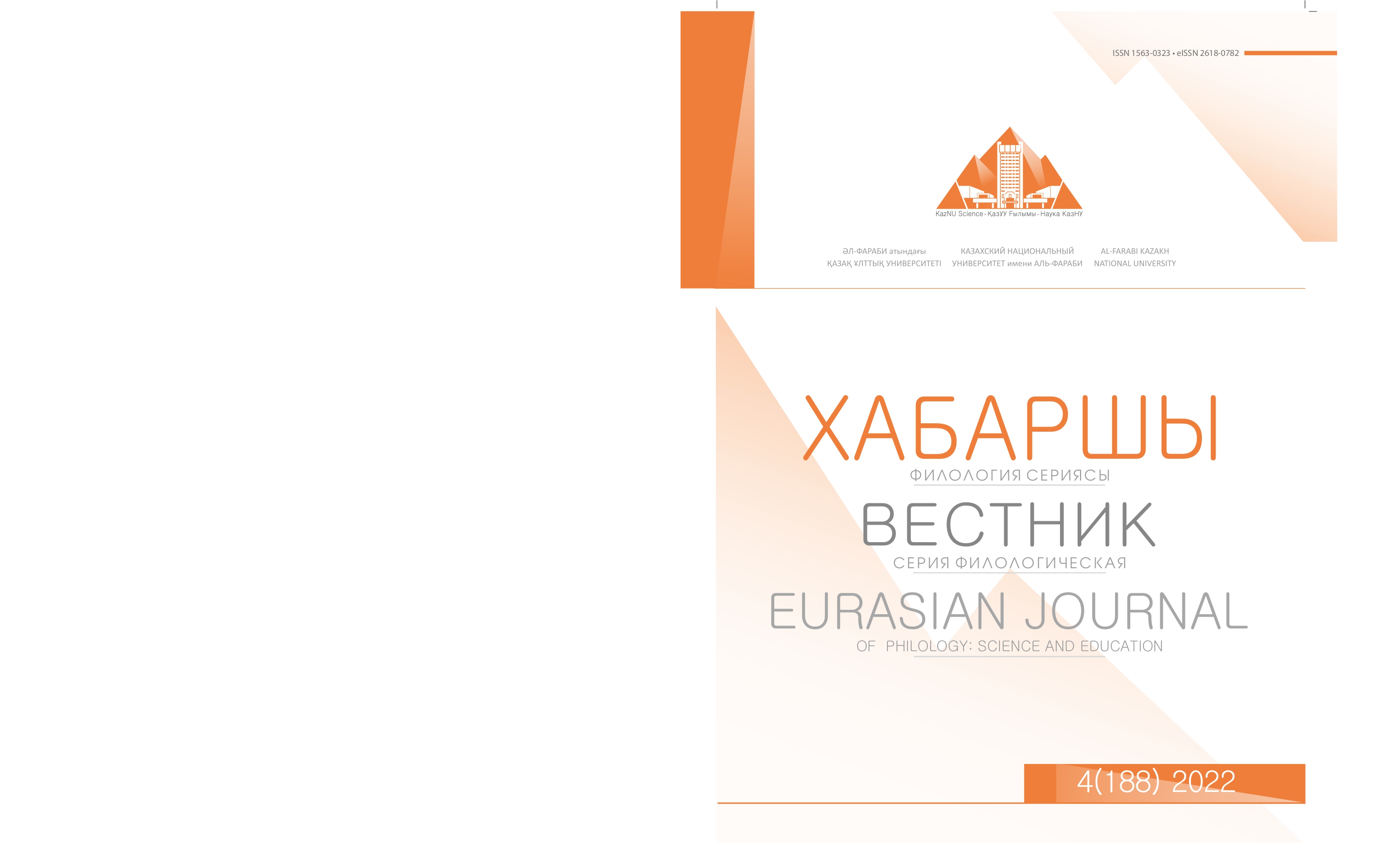On the issue of translating proverbs into English and Turkish in I. Yesenberlin's trilogy "The Nomads"
DOI:
https://doi.org/10.26577/EJPh.2022.v188.i4.020Abstract
This article discusses the existing approaches in translatology to the problem of translating paremiological units, such as proverbs and sayings. Based on a review analysis of theoretical materials on the research topic, this article aims to determine the patterns of translation decisions when translating proverbs and sayings on the example of proverbs from the historical trilogy of I. Yesenberlin "The Nomads" and its translations into Turkish and English, to determine the criteria for identifying proverbs and proverbs as a separate object of translatology, systematize paremiological units from the research material by means of the classification method and determine the best ways to translate proverbs and sayings based on this classification. During the course, the following methods were applied: classification method, comparative analysis, stratification method to systematize the similarities and differences of the research material obtained as a result of the comparative analysis. Based on the results of this study, hypotheses were formulated that have theoretical and practical significance for further work on the research topic, and the results of the study can be used to assess the quality of translation solutions to recreate the most complete translation text in the field of literary translation in terms of semantics and paremiology, as well as when compiling methodological recommendations, manuals and workshops, bilingual dictionaries in the field of literary translation and comparative literary criticism.
Keywords: proverbs and sayings, ways of translating proverbs, comparative analysis, classification method, semantic unity of the text, structural coherence of the text







